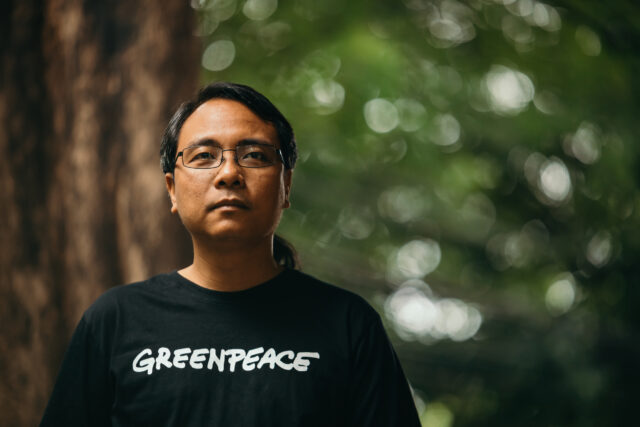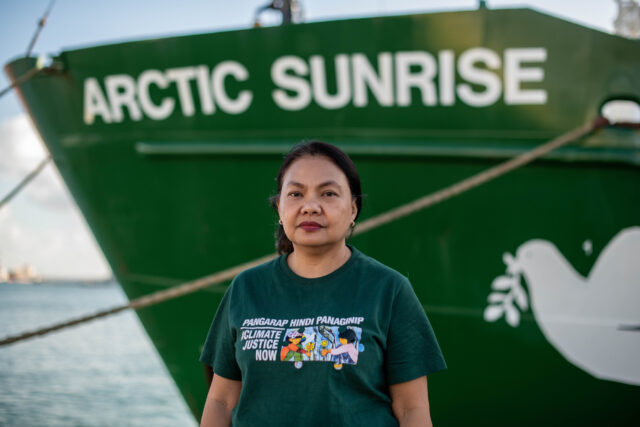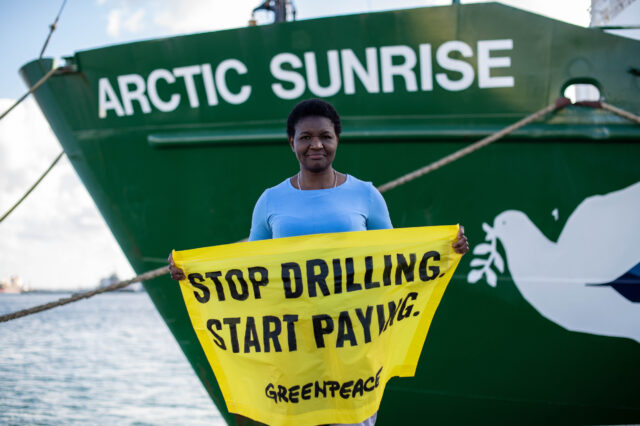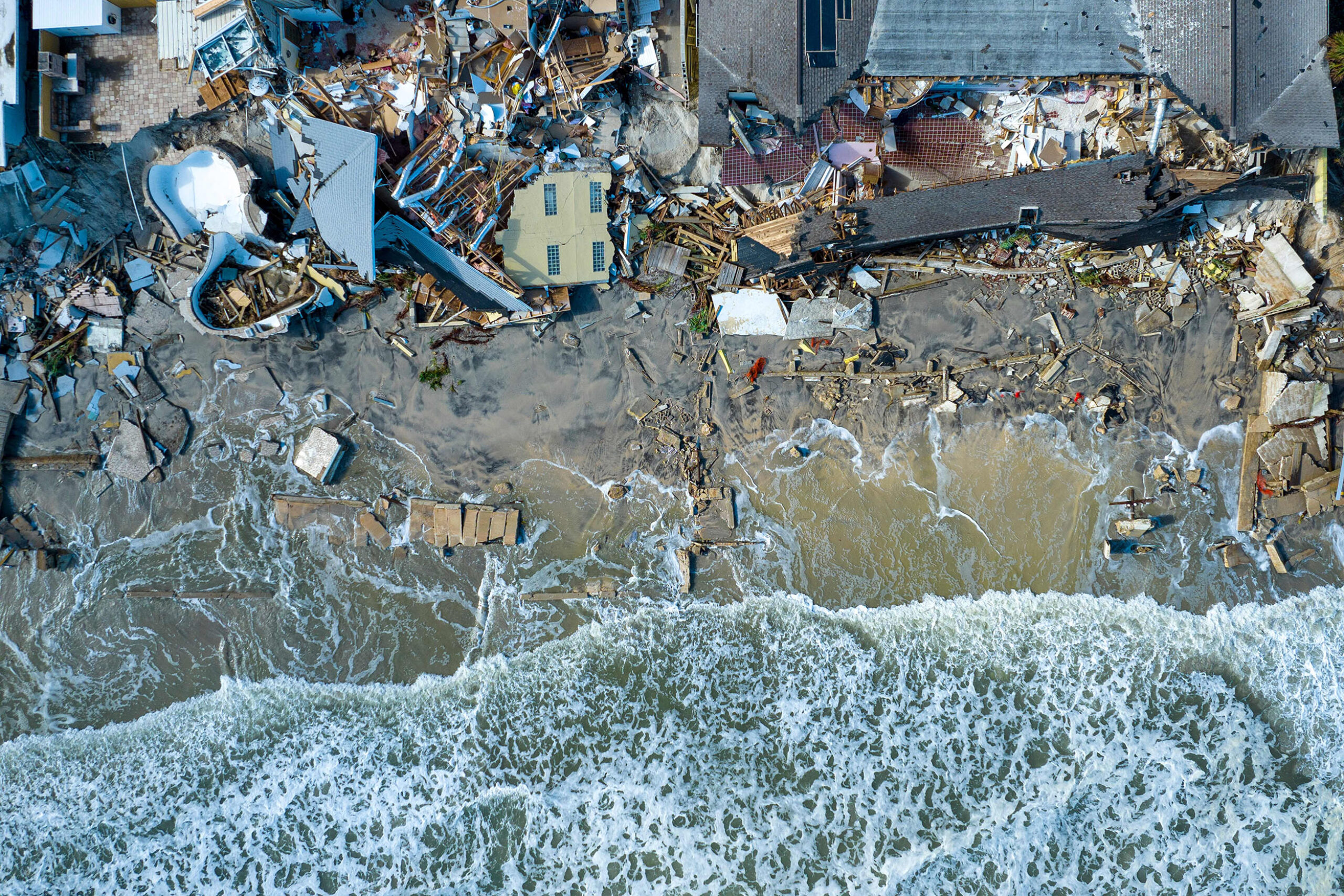
Loss and damage: who foots the bill for climate destruction?
The ‘loss and damage’ debate is about the harm caused by climate change, and how it should be paid for. In recent years, it has risen up the agenda, along with calls for polluters to pay up.
When sea levels rise or extreme weather strikes, some people and countries are hit worse than others. They experience things that would devastate anyone, like: losing homes, food and water shortages, destroyed environments, lost culture or deaths. Often, the people or countries who’ve done the least to cause climate change experience its worst impacts.
Loss and damage is a term often used in debates about how and who should pay for climate impacts around the world.
The idea that polluters should be held responsible for the harm caused by climate change is an important part of environmental justice. We cannot look at climate impacts in financial terms alone. But many countries and communities are dealing with devastation they didn’t cause. So financial support is vital for delivering justice.
Loss and damage can seem like strange jargon for climate impacts. It was first used at a UN climate talk in 1991 to specifically talk about financial support for climate impacts. Since then, it’s been adopted into public conversations about climate change.
What is loss and damage?
Loss and damage covers the severe and often lasting results of climate change happening worldwide. These are impacts many countries now cannot or will not avoid – even with efforts to ease or adapt to climate change.
- Losses are things that will not come back or cannot be replaced once gone. For example, loss of human lives, biodiversity or culture.
- Damages are things that can be repaired. For example, damaged homes, infrastructure or livelihoods.
Loss and damage takes into account things we can measure with money and things we can’t. Some costs have an obvious financial value, while others are harder to work out. But they are still costs, so should still receive compensation. So it’s important that both are factored in when calculating loss and damage funding.
Loss and damage should be funded separately to adaptation and mitigation efforts, which also need to be ramped up.
Key terms
Mitigation
Things we do to help reduce how much climate change happens. Like phasing out fossil fuels, switching to renewable energy and making forests bigger.
Adaptation
Things we do to adjust life so climate change harms us less. For example, building infrastructure that can deal with heat waves better and improving water storage to reduce the risk of drought.
Loss and damage
Climate impacts that go beyond a country’s ability to adapt. This could be due to limited resources or the scale of impacts. If we delay action for mitigation and adaptation, more money will be needed to help with loss and damage.
Who experiences loss and damage?
Climate change already affects lots of places in the world. And as the planet heats up, the impacts are getting worse. It’s a crisis that affects all of us, and the places we live or love. Yet it unfolds unevenly across the world.
Some people are more vulnerable to climate impacts than others. Developing countries and communities are often the hardest hit. Many already experience devastating destruction caused by climate change. For example, 2022’s summer of disasters saw Pakistan’s flooding killing thousands and leaving millions without a home. Droughts in Somalia and Ethiopia caused food and water shortages, leaving many people facing hunger and famine.
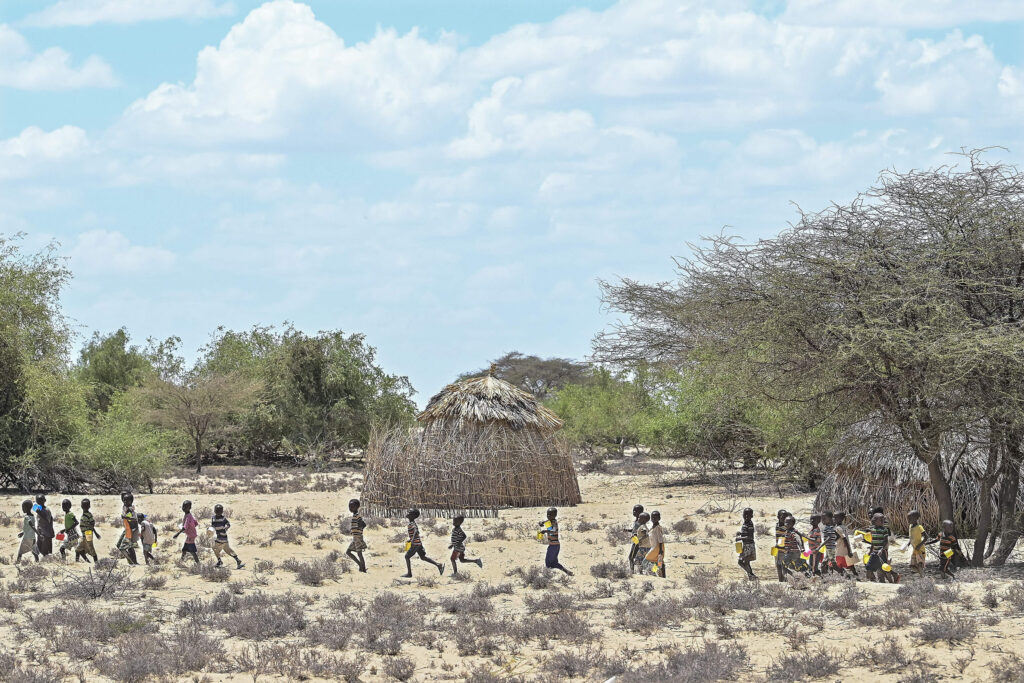
Sudden extreme weather events aren’t the only threat. Climate impacts happen slowly too, but the results can still be devastating. Changes to weather patterns means it becomes harder for communities to count on rains coming to grow crops. And rising sea levels mean thousands in coastal communities risk permanently losing their homes, as huge areas of land go underwater.
None of this is a far-flung future; loss and damage is happening now.
In their own words
Read stories from the activists facing the climate crisis.
What is a loss and damage fund?
Put simply, this is a place to gather money for loss and damage costs. It has the potential to provide financial support for countries and communities vulnerable to climate impacts.
Most current climate funding promises to cover things to help ease or adapt to climate change (mitigation and adaptation), but not loss and damage.
Without specific new funding for loss and damage, people who are already suffering will suffer more. Inequality will worsen worldwide, as loss and damage risks a range of impacts, like: fuelling debt, mass migration, and political instability or war.
Setting up a loss and damage fund under the UN is the fairest, most transparent and accountable way to give financial support to countries and communities that urgently need it.
Countries agreed to creating a fund in November 2022. What matters now is actually making sure developed countries commit new funds to go into the pot. And deliver on all their promises for climate finance.
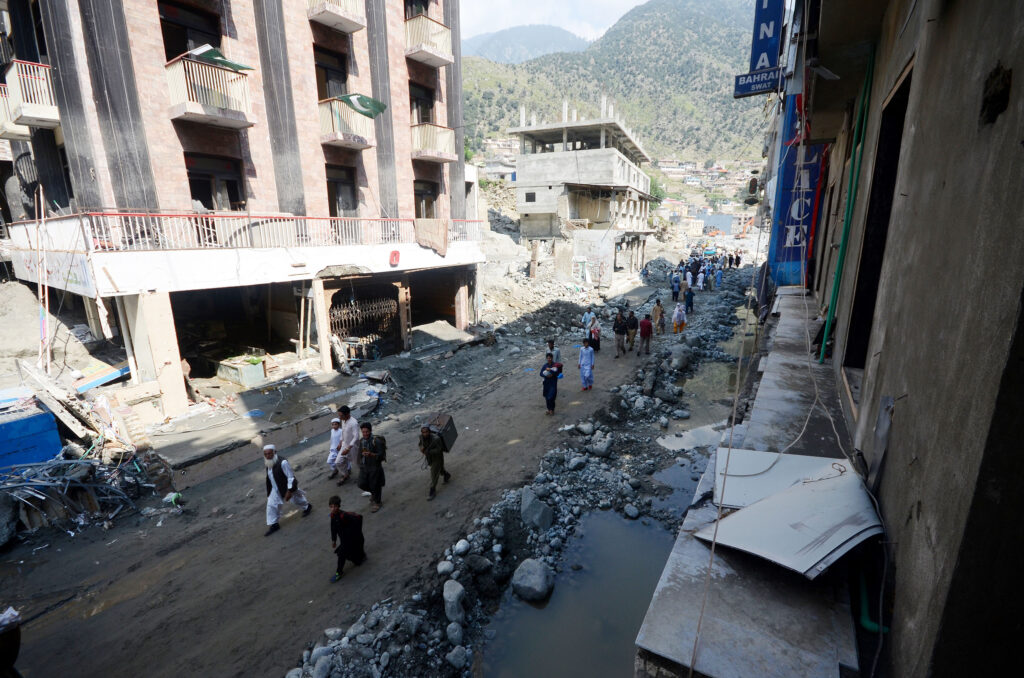
Who is responsible for paying loss and damage?
Who’s responsible for paying is hotly debated. But the fairest approach is for polluters to pay for loss and damage.
Rich, developed countries and companies are most responsible for the climate crisis. Many got rich and powerful from burning fossil fuels, which is a major cause of climate change. This means they owe a debt to the worst-affected countries and communities. And now have a moral and legal responsibility to provide financial support.
Countries might say they don’t have enough money to cover loss and damage payments. But this isn’t true. There are many ways they could raise the funds. For example, they could increase taxes on profits of fossil fuel companies, who made their money by selling products that drive climate change. In the last 20 years, these companies made enough profit to pay for climate losses in poorer countries many times over.
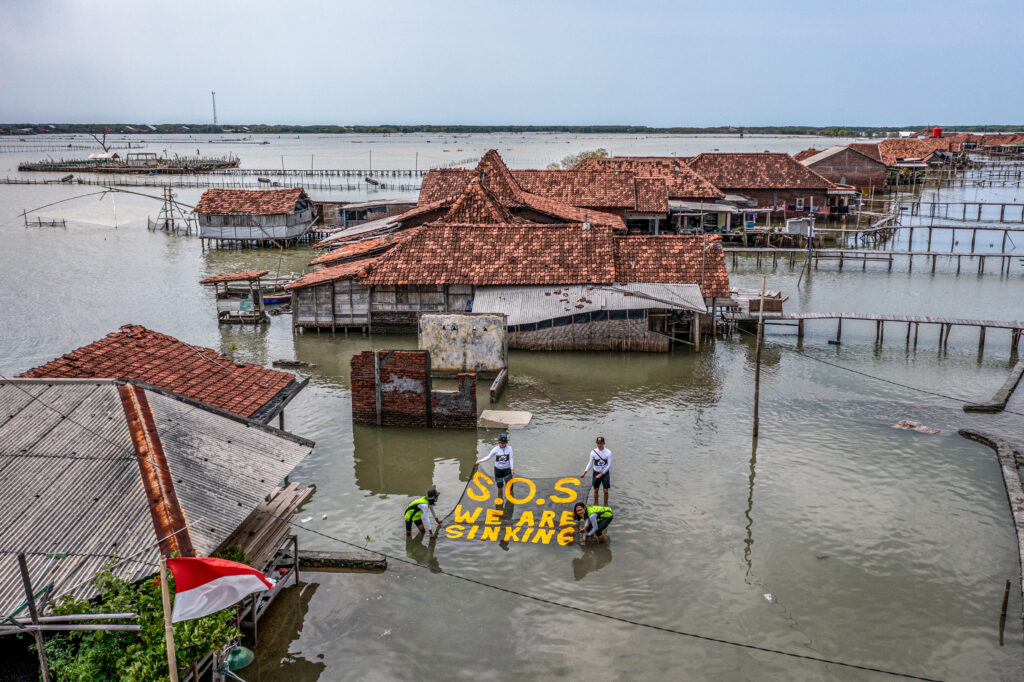
What have governments agreed so far?
Loss and damage was first raised at climate talks in 1991. But there was limited progress until very recently.
Now, developing countries, communities and climate activists are piling on the pressure to demand climate justice.
At COP26 in Glasgow, a dedicated loss and damage fund was proposed. And powerful campaigning by activists and developing countries raised major political pressure on richer countries. A year later at COP27, a commitment to setting up this fund was agreed – despite richer countries saying it would be impossible. Repeat pressure led to this landmark moment for climate justice. But there is still a long way to go.
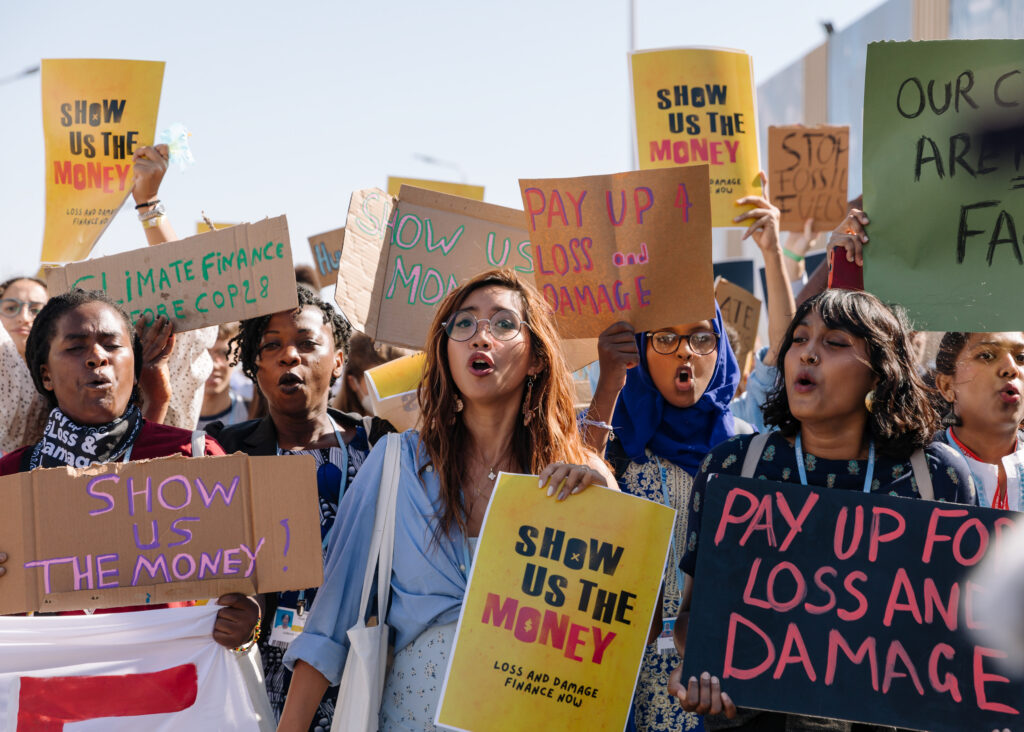
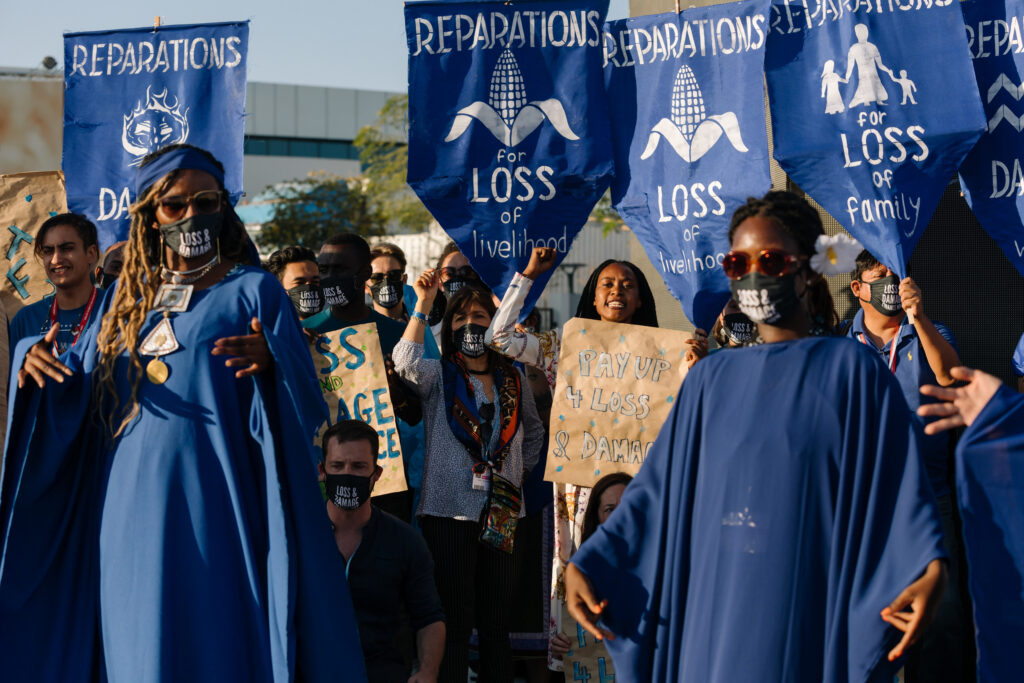
/Over and over, richer countries have not met existing climate funding commitments of $100 billion a year. They’ve also not met promises around raising funding to support developing countries adapt to climate impacts. This has left many countries and communities more exposed to loss and damage. Because they’re unable to put money into easing and adapting to climate change, and build up their ability to withstand climate impacts.
What needs to happen now?
We need to see richer countries move beyond promises of climate funding. Countries and companies with a history of polluting should pay up for the harm climate change causes. Starting off with fossil fuel companies.
The fossil fuel industry has repeatedly obscured the science, lobbied against change, greenwashed their image and more. All while the rest of us suffer with high energy bills and the devastating climate impacts their industry has caused.
To put climate justice into practice, governments must make fossil fuel companies pay up. And put that money into the loss and damage fund, and other climate financing they’ve promised.
